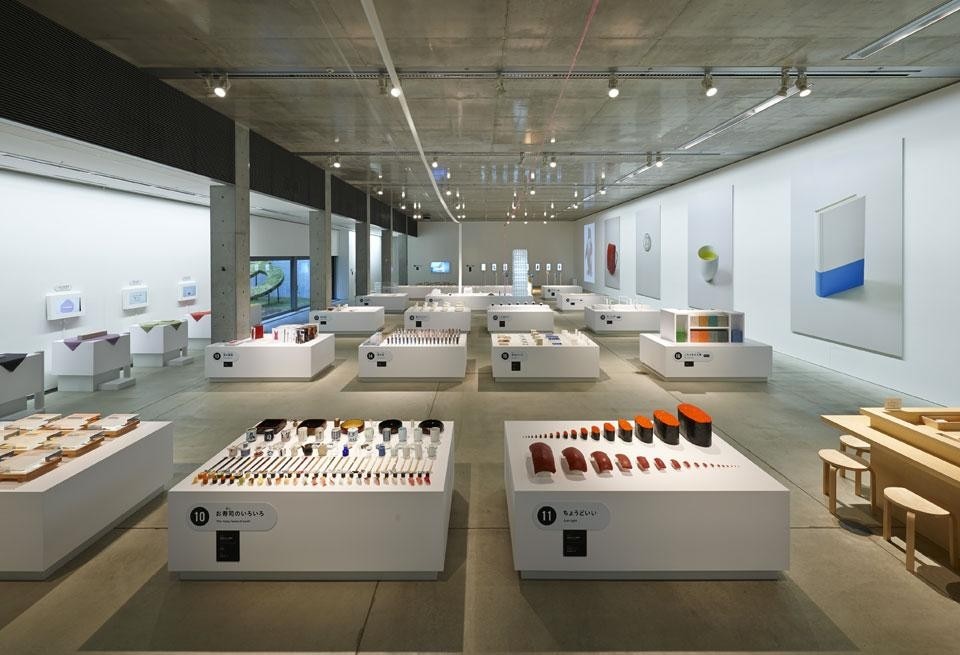The wide scope of exhibition visitors that has followed has turned Tadao Ando's building into a magical playground, not only for adults but also for children. Satoh, who is also general director of the Design Ah! children's program, which has since April 2011 been broadcast at the Japanese National Broadcasting Television (NHK), explains that idea to physically present the program beyond television surfaced one year ago. The exhibition's curator believes that this was the right moment to foster children's curiosity towards a "design mind", through an actual experience that would bridge the digital and analogue worlds. Much like the television program, the exhibition was born out of a collaboration with interface designer Yugo Nakamura and musician Keigo Oyamada (a.k.a Cornelius), alongside many other creators.
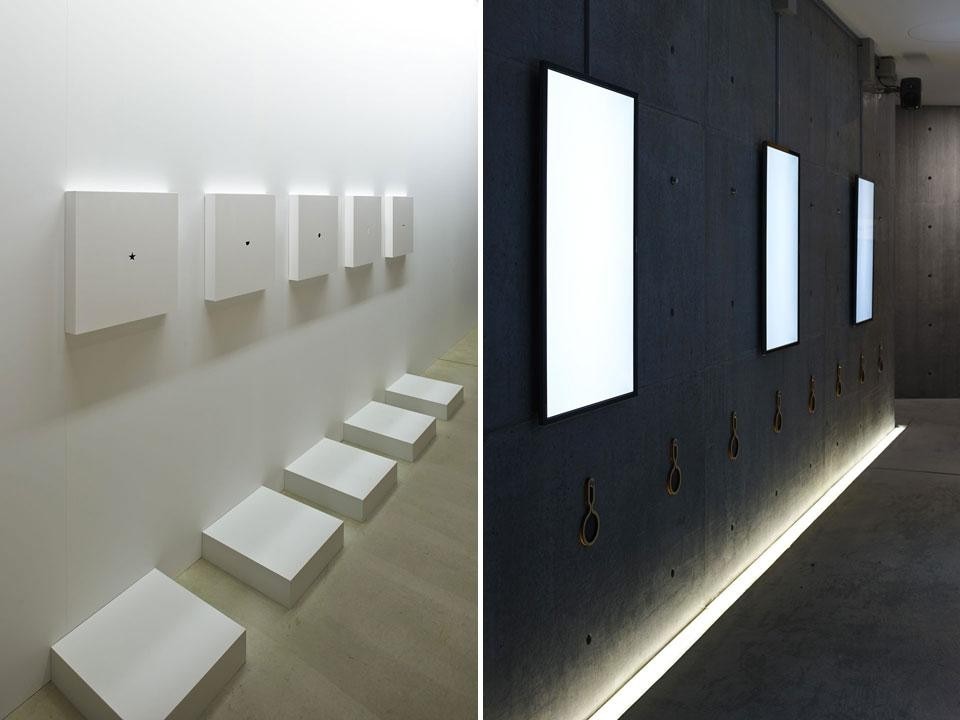
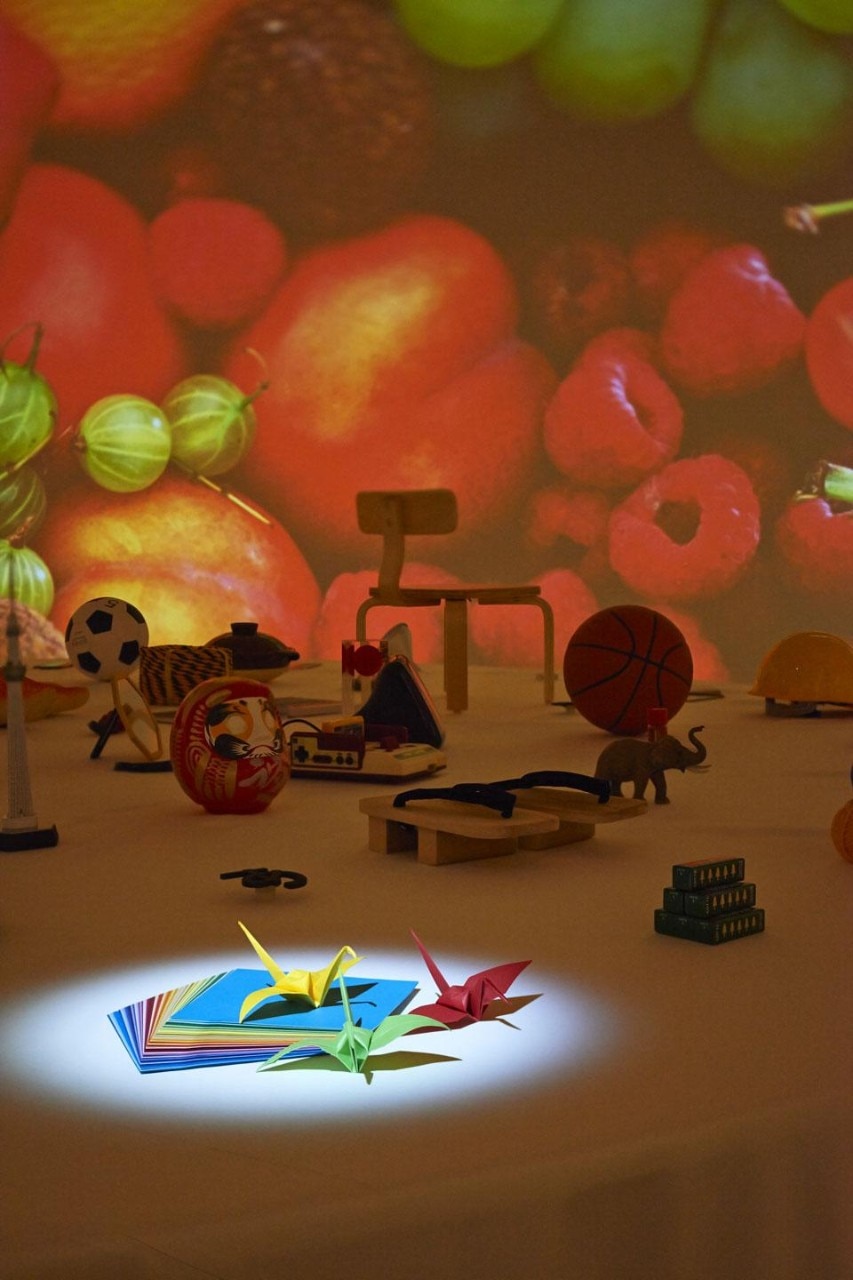
The layout of the exhibition respects the level of a child's view, allowing visitors to surround the items and enjoy the world from a child's playful perspective
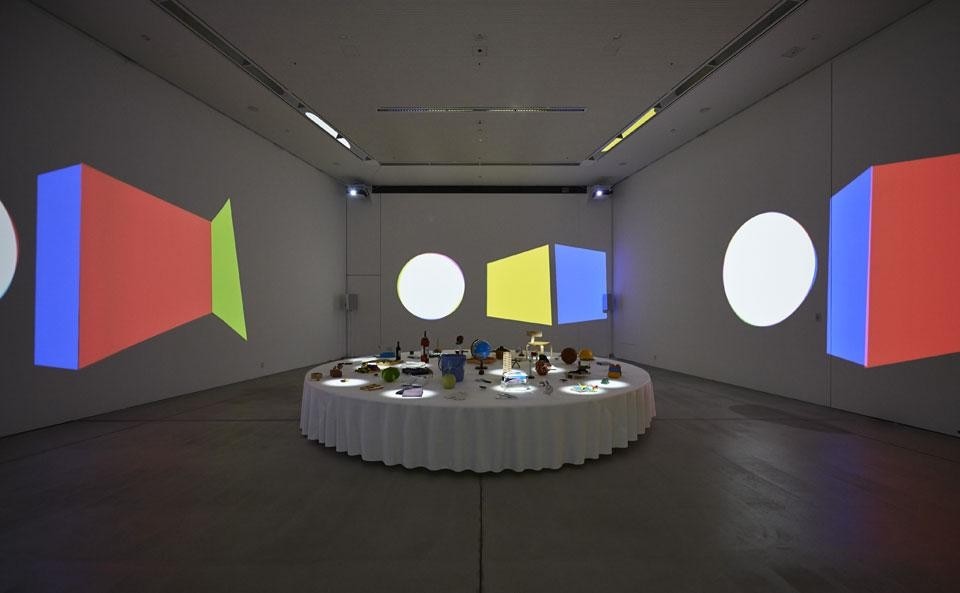
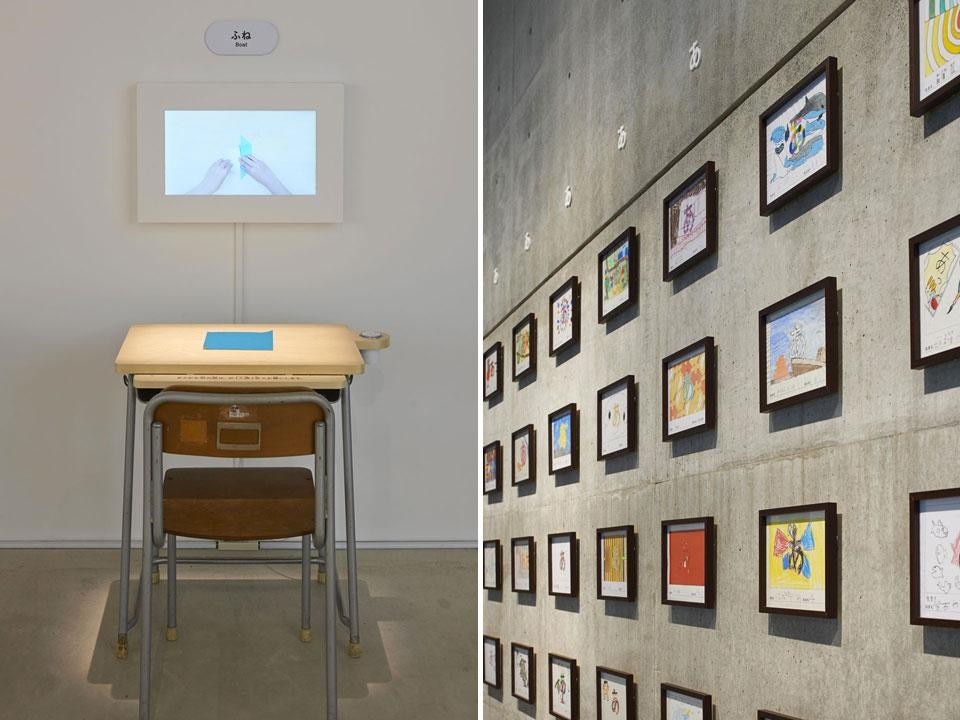
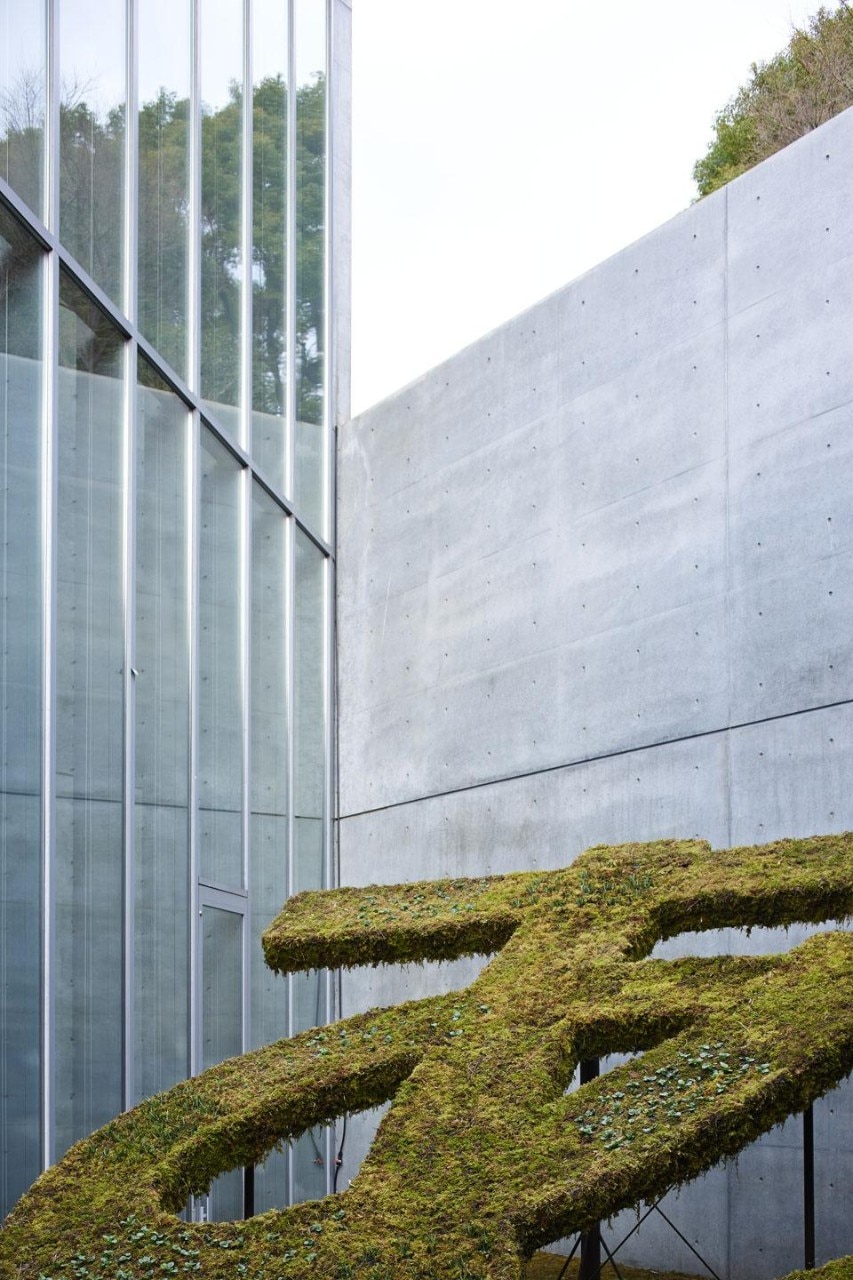
The authors would like to thank Exhibition Director Taku Satoh for his generous time and comments, and the kind support of Italian Press Office for Issey Miyake Giorgiana Ravizza, Public Relations of 21_21 Design Sight Miryon Ko, and Kazumi Iwase for translation support.
Through 2 June 2013
Design Ah!
21_21 Design Sight
9-7-6 Akasaka, Minato-ku, Tokyo


